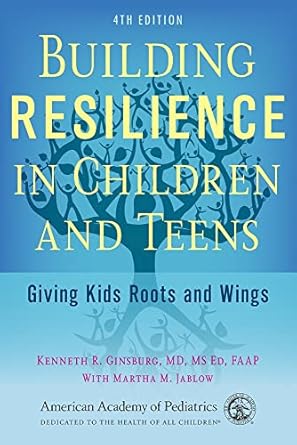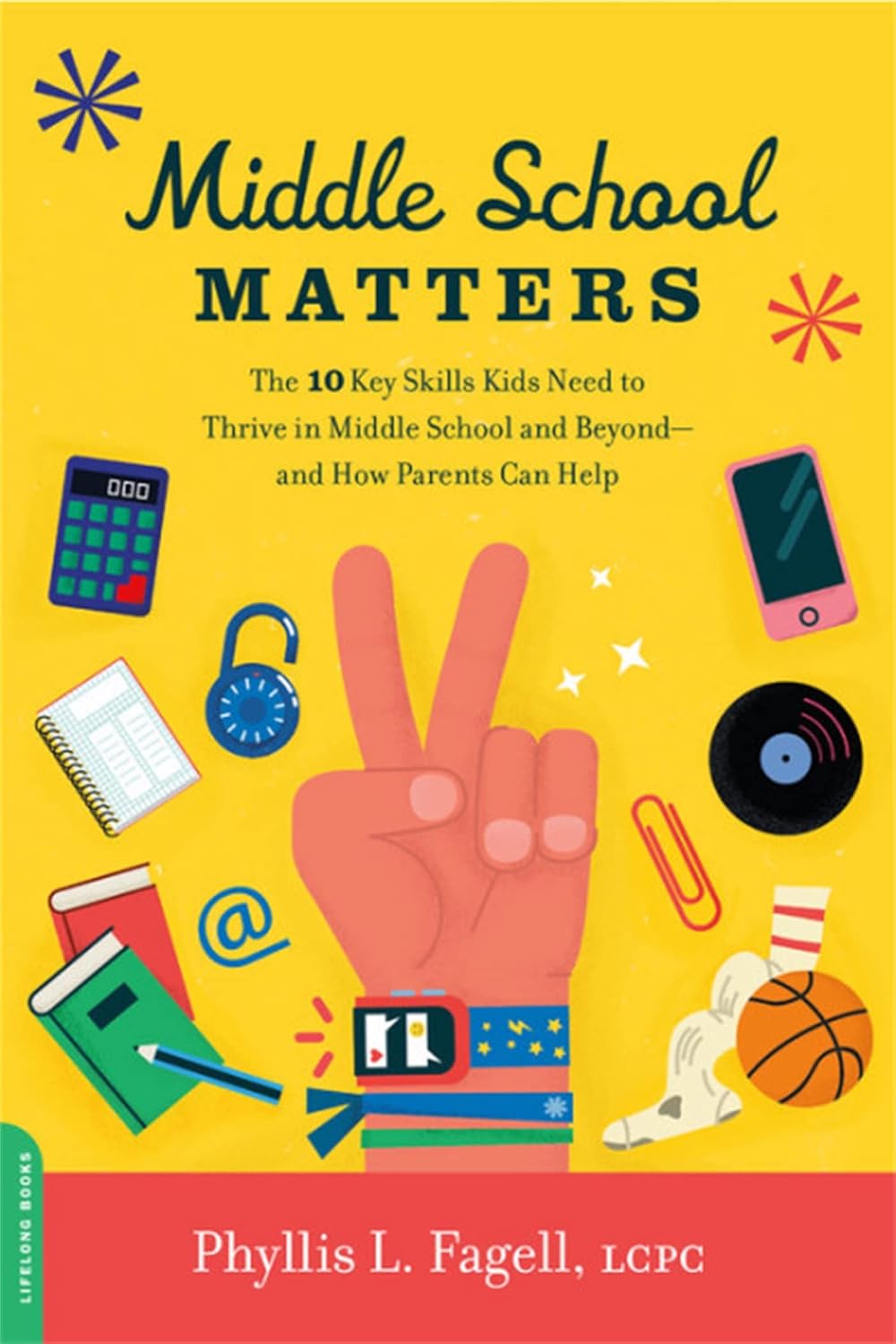Developmental Assets
The 40 developmental assets, resulting from extensive research of the Search Institute in Minneapolis, MN, are common sense, positive experiences and qualities essential to the healthy development of youth. The assets are divided into two groups of twenty: internal assets and external assets.
- External assets identify ways in which families, schools, neighborhoods and other organizations can play a vital role in the lives of young people.
- Internal assets are characteristics and behaviors of youth that reflect positive internal growth and development.
From Our Collection
The Link Between Developmental Assets & Substance Misuse
Building developmental assets has been shown to have a positive role in reducing youth substance abuse. Search Institute research shows that young people with fewer developmental assets are two to four times more likely to use alcohol, tobacco or other drugs than youth with above-average levels of assets. These results are shown to be true for young people from all racial/ethnic, family and socioeconomic levels.
Source: Search Institute
Fact Sheets
Podcasts
CAP Month Series: Preventing Adverse Childhood Experiences (Prevent Child Abuse Prevention America) CAP Month Series: Preventing Negative Outcomes of Adverse Childhood Experiences (Prevent Child Abuse America)
Trainings
Introducing the Resilience Tree (Center for Community Resiliene - GWU) Nurturing the Spirit of Children in a Challenging World (Search Institute) - Preventing Adverse Childhood Experiences Training Modules (CDC Veto Violence)
State of Assets Webinar (Search Institute) - The Risk and Protective Factor Framework - Session 1 Risk Factors (Prevention Technology Transfer Center)
- The Risk and Protective Factor Framework - Session 2: Protective Factors (PTTC)
- The Risk and Protective Factor Framework - Session 3: Measuring Risk and Protective Factors for Your Community (PTTC)




